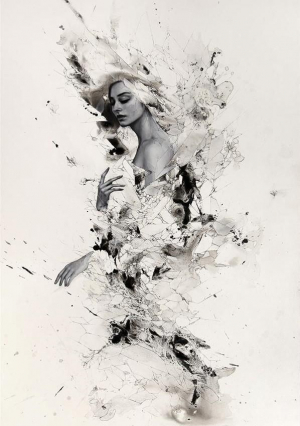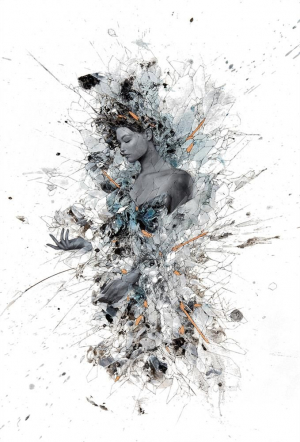Aiden Kringen
Title - Ritual I
Medium - Limited Edition on Paper
Size - 21.5 x 32 inches
Edition - Edition of 45
Price - £1695.00
Title - Ritual II
Medium - Limited Edition on Paper
Size - 21.5 x 32 inches
Edition - Edition of 45
Price - £1695.00